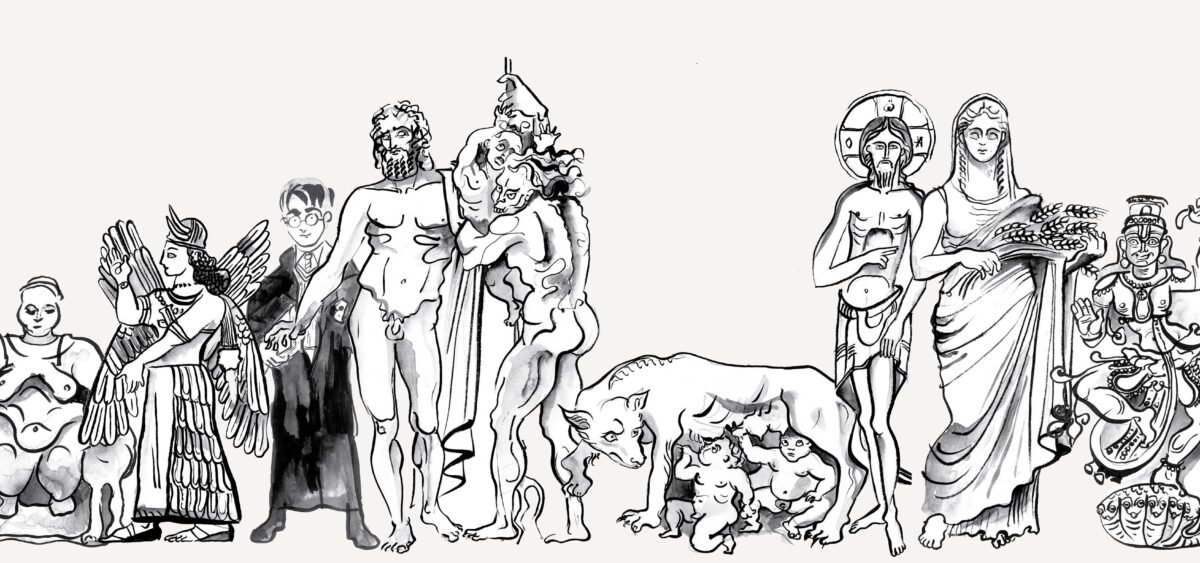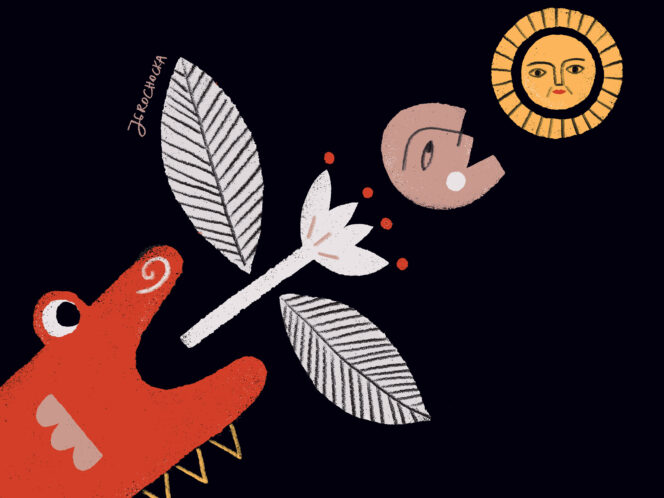
There are as many gods as there are accounts of divine lives. But they all have one thing in common – childhood.
The God of monotheistic traditions, being absolute and infinite, has no biography. This God has no childhood or adolescence, for he does not exist in time but in eternity. He has no parents on whom his birth depends; he is born of himself. In fact, he has no conceivable body. According to logic, God/the Absolute should not have any individual features, with the exception of abstract attributes such as omniscience, omnipotence, and so on. Sacred Muslim art, the most consistent in this form of depiction, is dominated by near-abstract mosaics, geometric ornaments, and patterns with a beauty not of this world.
But the history of religion is not the history of one God; it abounds with countless gods and goddesses, the stories of whose lives have probably been told across all cultures and times. Divine life was imagined based on a human template, though with some significant amendments. The gods may not have died or been resurrected, but typically they were born at some point, and may have had a childhood that revealed the uniqueness of their fate. This period was usually heroic and full of supernatural achievements. In fact, there is a thin line between a god and








